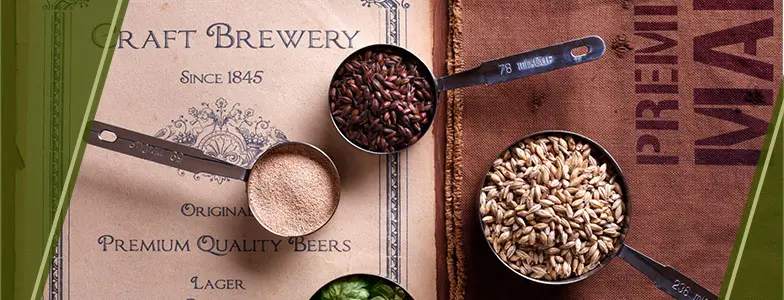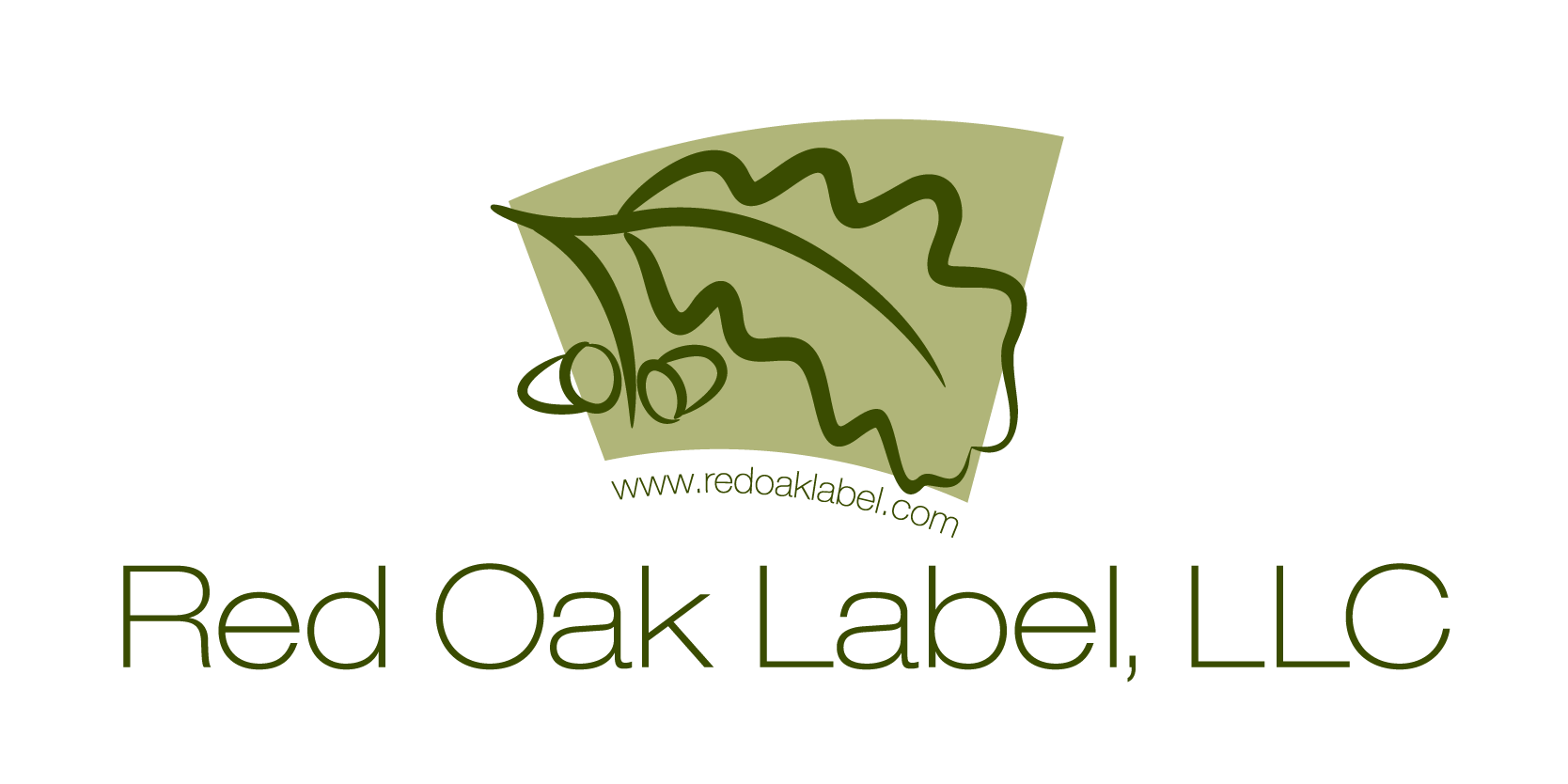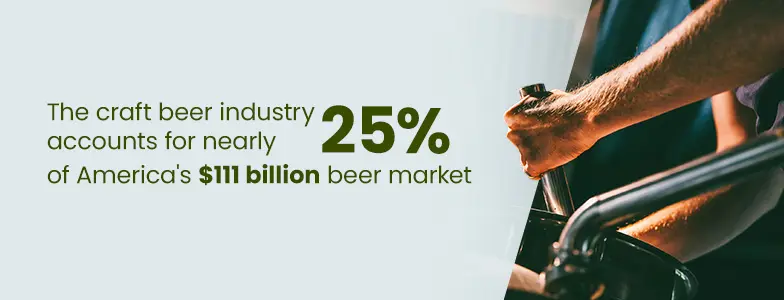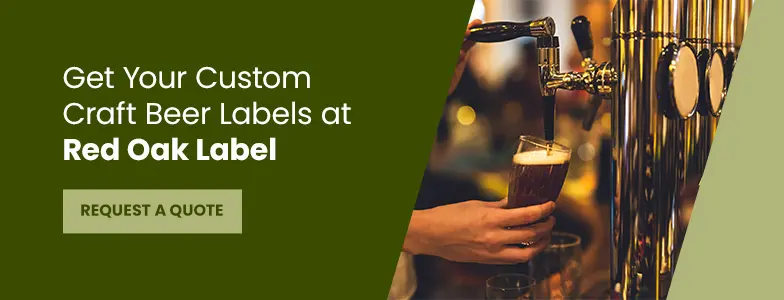
Beer is the most consumed alcoholic beverage in the world. Since the craft beer revolution began, brewers worldwide have continued to innovate, adding depth and flavor to this already diverse industry. Today, the craft beer industry is valued at $29.03 billion and is expected to reach $52.47 billion in 2028. Consumers constantly expect more, and brewers must understand craft beer history to keep innovating in the future.
The events that shaped the craft beer industry can inspire your brewing processes, broadening your horizons and adding pieces of the past to make your brews dynamic.
What Is Craft Beer?
Craft beer is specialty beer produced in limited quantities. Any brewery must produce 6 million barrels of beer or less to qualify as a craft brewery. These beers are often unfiltered and unpasteurized, making them rich in health compounds but shortening their shelf life. It’s mainly consumed in restaurants and bars.
Unlike mass-produced beer, brewers can take advantage of brewing small quantities to test and sample different ingredients and integrate flavors from across the world. Each country has different rules about what constitutes craft beer. In some countries, independence from other alcohol members is a differentiating factor. In others, company size.
The craft beer industry has transformed the beer market, driven by consumer demand and focused on creating unique flavors and presentations. The labels are aesthetically appealing, and the variety means there’s something for everyone. Many brewers use traditional ingredients to emulate different styles and celebrate beer’s rich history. Some, however, include unique ingredients as a distinctive sign of a master brewer.
The craft beer industry is known for innovation. Brewers tweak essential elements like alcohol content, flavor, aging, depth and packaging to develop their brands and foster a culture of invention and celebration.
The History of Craft Beer Around the Globe
The craft beer we enjoy today is thousands of years in the making and its influences span the globe. Its rich history is dynamic and complex, but some turning points include:
- The beginning: Brewing beer began in Egypt, China and Mesopotamia — a region including present-day Iraq, parts of Iran, Kuwait, Syria and Turkey. Fermentation was a part of life in those areas, where beer was an essential dietary supplement and often safer than contaminated water.
- The addition of hops: Brewing became more refined from the late 1300s thanks to hops. This inauspicious plant can be grown in many climates. Over time, it became the preferred brewing ingredient. Small brewers continued to experiment around the world.
- The expansion: The arrival of immigrants in the 19th century added new flavors and techniques to this fast-expanding industry. Soon, the phenomenon of industrialization took hold, and large breweries began mass-producing beer.
- Prohibition and Consolidation: The trend toward abstinence in the 1800s paved the way for the prohibition era. From 1919 to 1933, the manufacture, sale or transportation of alcohol was illegal in the U.S., putting many small breweries out of business. Many never recovered. In the wake of prohibition, light, mass-produced lagers dominated the industry for over 20 years.
- The rise of craft beer: The beer market began to change worldwide in 1965 when Fritz Maytag bought the Anchor Brewing Company of San Francisco. This purchase changed the trajectory of beer manufacturing, producing the famous Anchor Steam beer throughout the 1960s.
- Home brewing: Home brewing was legalized in 1979, allowing consumers to replicate Maytag and create their own unique flavors. The home brewing movement refined consumer tastes and opened their eyes to new possibilities.
- Revolution: Jack McAuliffe opened the New Albion Brewery in California in 1976. He served in the U.S. Navy and had traveled the world, tasting different types of beer. Soon, the rest of the world followed in America’s footsteps. Craft Brewing reached Australia in 1980, the Netherlands in 1981 and Italy in 1988.
The craft beer industry has grown steadily over the years. Today, it accounts for nearly 25% of America’s $111 billion beer market. In line with the global shift toward sustainability, brewers source local ingredients, supporting traditional agriculture. With over 9,500 craft breweries in the United States alone, each producing unique styles and flavors.
Like the beer itself, craft beer labels represent the originality of each brewery and flavor. They have become an integral part of the craft beer movement — a badge of honor that differentiates craft beers from their mass-produced counterparts and showcases each brand.
How Did the Craft Beer Revolution Start?
The craft beer revolution was born from several factors. Each country has a different trajectory, but the consolidation of the beer industry remains a primary factor in paving the way. Technological progress includes automated production, packaging and brewing, large-scale advertising and global mergers and acquisitions. As these beer giants began to dominate the global market, beer became standardized.
In the U.S., many consider Maytag’s purchase of the Anchor Brewery the beginning of the craft beer revolution. Over time, consumer demands changed, leading to several drivers pushing the craft beer revolution forward. Some of these include:
Consumer Demand
The craft beer revolution came at the end of a massive transformation in the global beer industry. Macrobrewers standardized beer recipes and presentations, trying to find a satisfying middle ground for as many consumers as possible. This standardization left niches to be filled — the ideal market entry point for craft brewers.
Consumers in all industries showed an increased interest in locally sourced, sustainable products, accompanied by success in farmer’s markets, organic foods and, of course, craft beer.
High-Income Consumers
Craft beers are often more expensive than mass-produced lagers, and high-income consumers buy them. As incomes increased in many countries following the culmination of World War II, the craft beer market continued to expand as consumer demand for variety increased.
Technology and Funding
As brewing equipment and technology became readily available, brewers could produce unique flavors on a small scale. In the early days of the revolution, brewers were challenged to find equipment and capital investments. As the practice proved profitable, they had access to new financing sources and purpose-built equipment. Banks became familiar with the concept and provided financing and crowdfunding brought down barriers and made the business model accessible to more brewers, resulting in more variety for consumers.
International Inspiration
Brewing craft beer is a creative process. Like all creative pursuits, the pioneers found inspiration from other brewers worldwide, bringing international influences into their unique flavors. The inspiration flows in all directions, with consumer demands and satisfying the evolving need for variety.
The Future of Craft Beer
The demand for high-quality and unique flavors is likely to grow over the years as consumers continue to look for novelty and variety. With this growing demand comes growing expectations. As consumers continue to expect quality and innovations, brewers must stay agile and creative to connect with the right consumers.
Staying relevant requires a two-pronged approach — continued innovation in the labeling and presentation and adding new flavors in line with the latest trends. When you combine these two approaches, you can continue to create unique and special brews that keep consumers coming back for more.
Get Your Custom Craft Beer Labels at Red Oak Label
The history of craft beer is inspiring for today’s brewers, reminding us how we got where we are and supporting our choices for the future. With the right approach, you can set trends and push boundaries, and Red Oak Label is here to make you stand out. When it’s time to design a craft beer label, we have over 40 years of experience bringing designs to life so that they stand out on the shelves and represent your unique flavor.
We understand the importance of creativity and flexibility in your design and marketing strategy, and everything we create is custom to reflect your brand. Request a quote today to take your craft beer brand to the next level or contact us with any questions about how Red Oak Label can help you make history.


